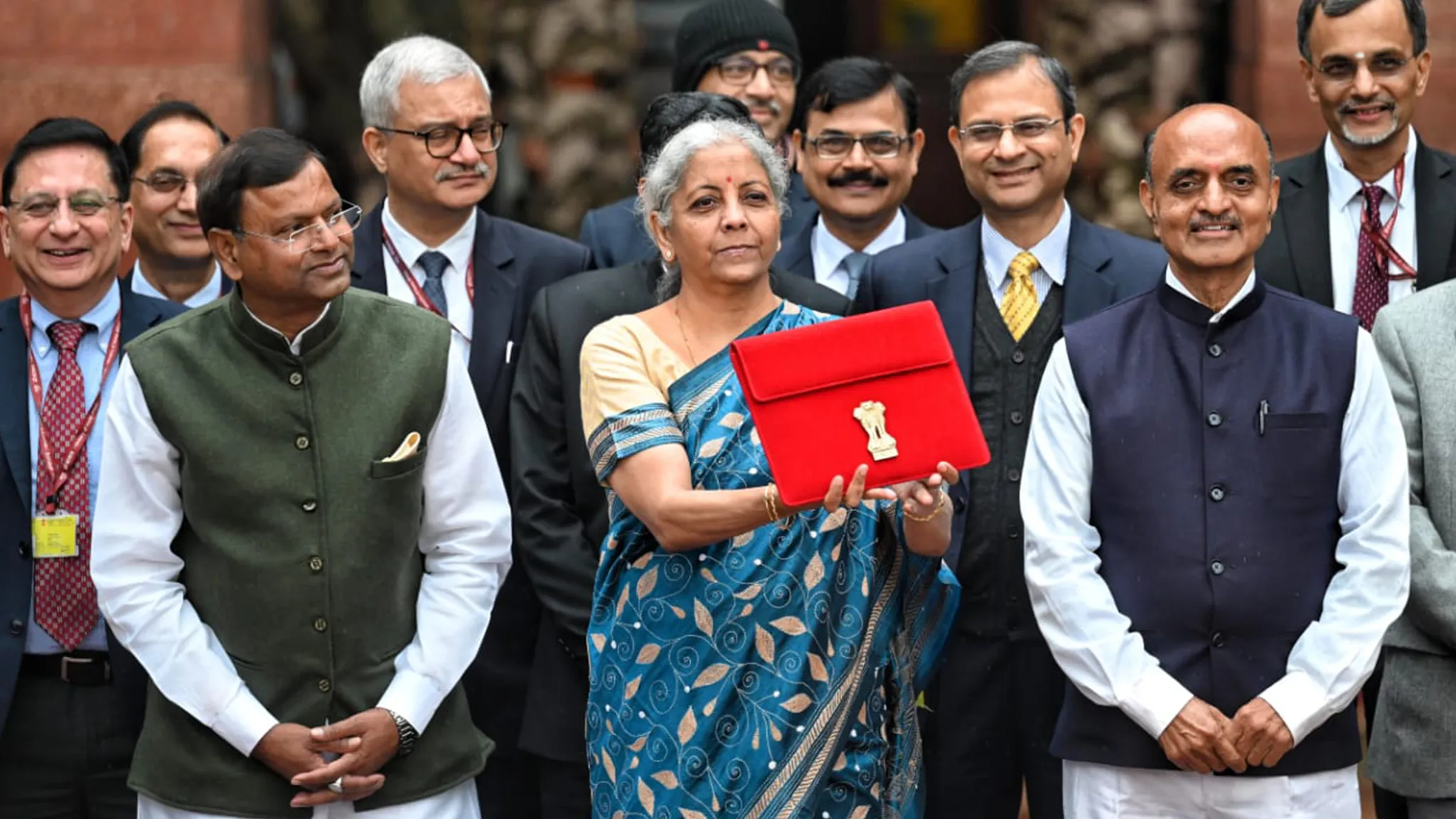Budget’s Bumpy Ride Balancing Act
In just a fortnight, Finance Minister Nirmala Sitharaman will present the full Union Budget, a crucial document that will set the economic course for the new NDA government. The air is thick with anticipation, fuelled by a robust economy and a hefty dividend from the RBI, leading to widespread speculation in financial markets about a potential consumption boost. While earlier hopes of a strong monsoon bolstering rural demand have somewhat dampened due to a patchy June, the underlying need to address consumption remains a key concern. News reports suggest the government has some fiscal headroom, estimated by IndusInd Bank’s Chief Economist Gaurav Kapur at 0.3-0.5 percent of GDP, to play with. The real question is how this fiscal space will be utilised without igniting inflationary pressures.
Political Winds of Welfare
The political context of this budget cannot be ignored. Recent state election results and the national election outcome have underscored the importance of addressing rural distress and livelihood issues. As Business Standard points out, there’s been a noticeable shift towards welfare schemes by BJP-ruled states post-election losses. From increased PM-KISAN payouts in Rajasthan to free bus rides in Haryana and welfare packages in Maharashtra, the focus is clearly on reaching out to ‘Garib’ (Poor), ‘Mahilayen’ (Women), ‘Yuva’ (Youth) and ‘Annadata’ (Farmer), as Finance Minister Sitharaman herself highlighted in the interim budget. This pivot towards populism is understandable given the electoral feedback, but it presents a challenge to the reform agenda that the government initially championed.
Consumption Conundrum Persists
While rural consumption has shown signs of gradual improvement, urban consumption growth appears to be softening, particularly in mid and lower income groups. This trend, highlighted by market research firm Kantar, suggests a broader consumption challenge beyond just rural distress. Early FMCG company updates, as parsed by my colleague, indicate only a gradual uptick in rural demand, and the urban slowdown adds another layer of complexity. The government must decide whether to actively intervene to stimulate consumption through budgetary measures or allow it to recover organically. This decision will have significant implications for both short-term economic sentiment and long-term fiscal planning.
Striking the Right Balance
The upcoming budget is poised at a critical juncture. President Murmu’s address to Parliament spoke of “historic steps” and “major economic and social decisions”, hinting at both continued reforms and welfare initiatives. Prime Minister Modi has also urged states to embrace reforms. However, the immediate political compulsions are undeniable, pushing towards increased welfare spending. Finance Minister Sitharaman faces a delicate balancing act – how to reconcile the need for fiscal prudence and sustained economic reforms with the urgent demands for populist welfare measures. The budget will be a telling indicator of the government’s chosen path.
Will the budget lean more towards fiscal conservatism and reform, or will it prioritise immediate consumption boosts and welfare measures to soothe voter concerns? The answer likely lies in a nuanced approach, attempting to juggle both, but the degree to which each aspect is emphasised will determine the budget’s ultimate impact and direction for the Indian economy.
Image Courtesy: X (Digital India)










Leave a Reply